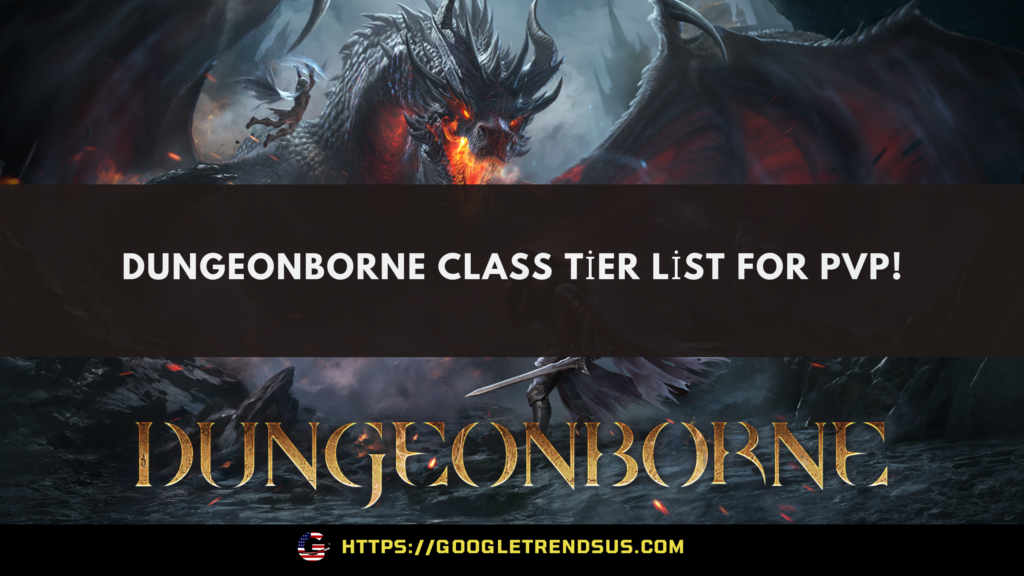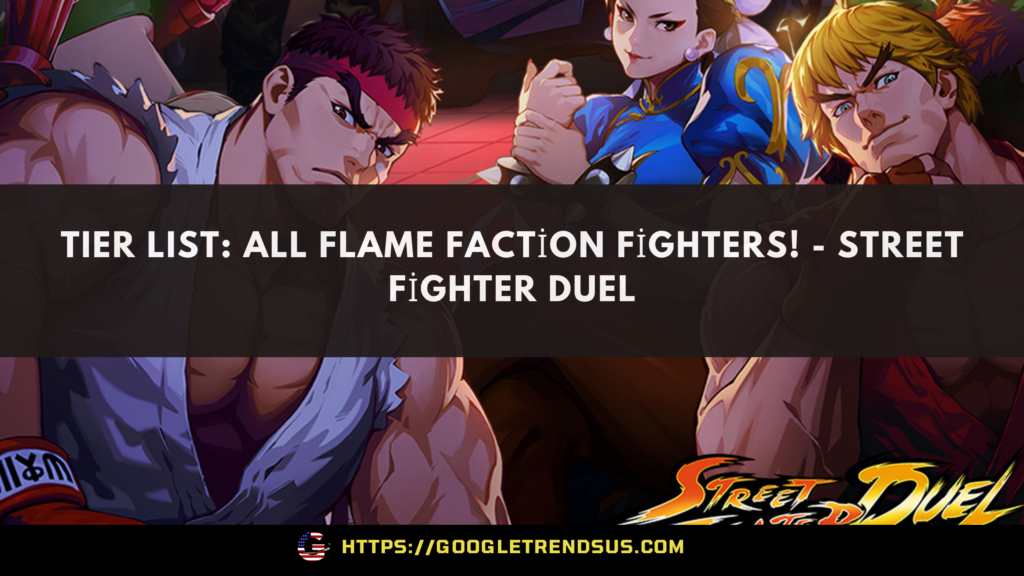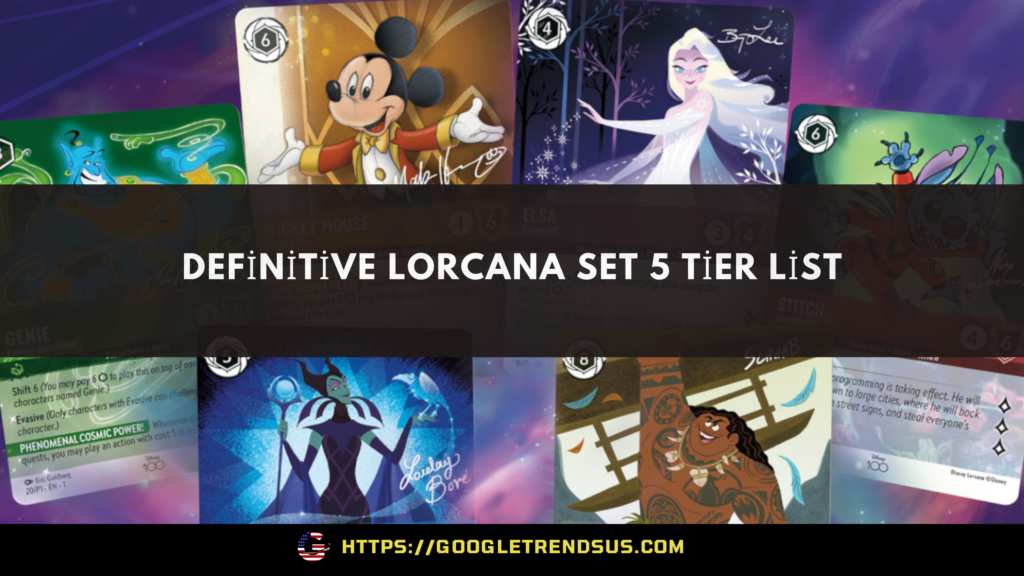DungeonBorne is a dynamic and competitive PvP game that offers players a wide variety of classes to choose from. Each class has its own unique abilities, strengths, and weaknesses, making the choice of class critical for success in PvP battles. This tier list aims to provide a comprehensive ranking of the best classes for PvP in DungeonBorne, taking into account factors such as damage output, survivability, utility, and overall impact in solo and team environments.
S-Tier: The Dominant Classes
S-Tier classes are the most powerful and versatile in PvP. These classes excel in almost every aspect of combat and can often dictate the flow of battles.
1. Swordmaster
The Swordmaster is widely regarded as the top-tier class in DungeonBorne PvP. With exceptional damage output and a high degree of mobility, Swordmasters can easily outmaneuver opponents and deal devastating blows.
- Strengths: High burst damage, excellent mobility, strong crowd control.
- Weaknesses: Can be vulnerable if crowd control abilities are on cooldown.
- Best Use: Initiating fights and quickly eliminating key targets.
2. Druid
Druids are incredibly versatile, capable of transforming into various forms and summoning powerful allies. Their adaptability makes them formidable in any PvP scenario.
- Strengths: Versatile transformations, strong summons, good sustainability.
- Weaknesses: Requires skill to manage transformations effectively.
- Best Use: Sustained fights and controlling the battlefield.
A-Tier: Strong and Reliable Classes
A-Tier classes are highly effective and can hold their own against most opponents. They may not be as universally dominant as S-Tier classes but are still top picks for many players.
3. Death Knight
Death Knights bring a mix of damage and survivability to the table. With their ability to heal through damage and control the battlefield with powerful debuffs, they are a solid choice for PvP.
- Strengths: High survivability, strong debuffs, self-healing.
- Weaknesses: Slower mobility compared to other classes.
- Best Use: Tanking and disrupting enemy strategies.
4. Rogue
Rogues excel at stealth and burst damage, making them perfect for ambushes and quick eliminations. Their ability to disappear and reposition adds a strategic element to their playstyle.
- Strengths: High burst damage, excellent stealth capabilities, good mobility.
- Weaknesses: Fragile if caught out of stealth.
- Best Use: Ambushes and disrupting enemy backlines.
B-Tier: Balanced and Effective Classes
B-Tier classes are balanced and can perform well in most situations. They offer a good mix of abilities but may lack the overwhelming power or versatility of higher-tier classes.
5. Pyromancer
Pyromancers are damage dealers with a focus on fire-based abilities. Their spells can deal significant area-of-effect damage, making them effective in both solo and team fights.
- Strengths: High area damage, good crowd control.
- Weaknesses: Squishy and reliant on proper positioning.
- Best Use: Dealing sustained damage from a safe distance.
6. Cryomancer
Cryomancers control the battlefield with ice-based abilities that slow and damage enemies. Their crowd control capabilities make them valuable in team fights.
- Strengths: Strong crowd control, good defensive abilities.
- Weaknesses: Lower damage output compared to other mages.
- Best Use: Supporting teammates and controlling enemy movements.
C-Tier: Situational Classes
C-Tier classes are situational and may shine in specific scenarios but generally lack the consistency of higher-tier classes. They can be effective with the right strategy and team composition.
7. Fighter
Fighters are straightforward melee combatants with a focus on raw damage and durability. While not as flashy as other classes, they are reliable and easy to play.
- Strengths: High durability, consistent damage.
- Weaknesses: Limited utility and crowd control.
- Best Use: Sustained melee combat and tanking.
8. Necromancer
Necromancers summon undead minions to overwhelm their opponents. Their ability to raise an army of the dead can turn the tide of battle but requires careful management.
- Strengths: Strong minion-based damage, good sustain.
- Weaknesses: Dependent on minions for effectiveness.
- Best Use: Swarming enemies and sustaining through minion sacrifices.
D-Tier: Niche and Underpowered Classes
D-Tier classes are generally considered underpowered in the current meta. They may have unique abilities but struggle to compete with higher-tier classes.
9. Warlock
Warlocks use dark magic to deal damage and debuff enemies. While they have potential, their abilities often fall short in the fast-paced environment of PvP.
- Strengths: Good debuffs and sustained damage.
- Weaknesses: Vulnerable and lacking in burst damage.
- Best Use: Supporting teammates with debuffs.
10. Paladin
Paladins are defensive warriors with a focus on healing and protection. While they excel in PvE, their lack of offensive capabilities limits their effectiveness in PvP.
- Strengths: High durability, strong healing.
- Weaknesses: Low damage output.
- Best Use: Supporting teammates and tanking damage.
Conclusion
Choosing the right class for PvP in DungeonBorne can significantly impact your performance and enjoyment of the game. While S-Tier classes like Swordmaster and Druid dominate the battlefield with their exceptional abilities, A-Tier and B-Tier classes provide strong and reliable alternatives. C-Tier and D-Tier classes, though less powerful, can still be effective in the right hands and with the right strategy.
Understanding the strengths and weaknesses of each class is key to mastering PvP in DungeonBorne. Whether you prefer the high burst damage of a Rogue, the versatile transformations of a Druid, or the reliable tankiness of a Fighter, this tier list provides a comprehensive guide to help you make informed decisions and excel in your PvP battles.




